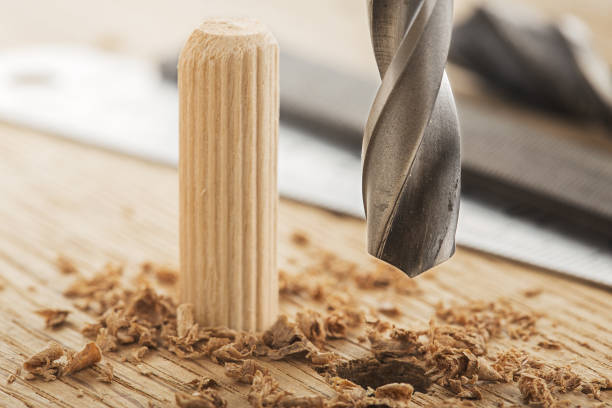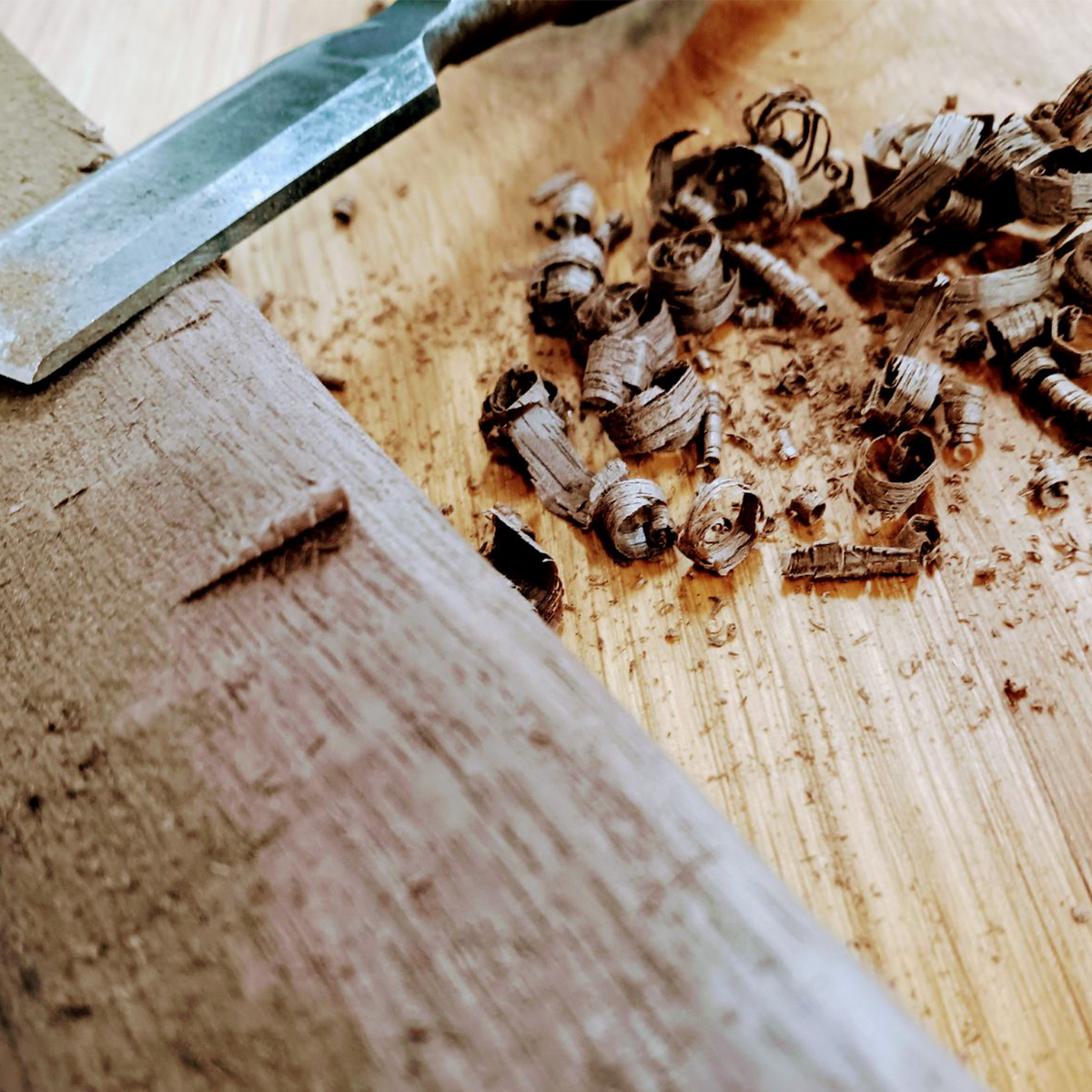Tips for Drilling Perfect Holes for Dowels
.jpg)
Doweling is a classic woodworking technique, revered for its ability to create strong, precise, and seamless joints. Whether you are a professional woodworker, a DIY enthusiast, or someone just starting in the realm of carpentry, understanding how to drill perfect holes for dowels is crucial for achieving optimal results.
In this comprehensive guide, Midwest Dowel will walk you through the essential tips and tricks to ensure your doweling projects are successful and satisfying.

Choose the Right Dowel and Drill Bit:
The foundation of any good doweling project lies in selecting the appropriate materials. Ensure that your dowels and drill bits are of the same diameter for a snug fit.
Midwest Dowel offers a wide variety of dowel sizes and materials to suit different project needs. Opt for a brad-point drill bit, as its pointed tip allows for more accurate drilling.
Measure and Mark Accurately:
Precision is key when it comes to doweling. Use measuring tape and a square to mark the exact spots where you intend to drill the holes. Double-check your measurements to avoid any mistakes. A dowel jig can also be a valuable tool for ensuring your holes are perfectly aligned.
Secure Your Workpiece:
Ensure that the piece of wood you are working on is securely clamped down to your work surface. This stability is crucial for preventing any movement during the drilling process, which could result in misaligned or imperfect holes.
Set the Correct Depth:
Before you start drilling, adjust the depth of your drill bit to match the length of your dowel. You want the dowel to fit snugly into the hole without any excess sticking out. Using a drill stop or a piece of tape on the drill bit can help you maintain the correct depth as you work.
Take it Slow:
When you begin drilling, do so at a slow and steady pace. Rushing the process can lead to mistakes and imperfections. Allow the drill bit to do the work and avoid applying excessive pressure.
Keep it Straight:
Maintaining a straight drilling angle is crucial for ensuring that the dowel fits perfectly. Use a drill press if available, as it helps keep the drill bit perfectly vertical. If using a handheld drill, you might find a doweling jig helpful for maintaining the correct angle.

Clear Away Debris:
As you drill, periodically pull the drill bit out of the hole to clear away any wood shavings or debris. This helps prevent the drill bit from getting clogged and ensures a cleaner hole.
Test the Fit:
After drilling, test the fit of your dowel in the hole. It should fit snugly but not be too tight. If the dowel doesn’t fit, check the hole for any debris and ensure that your dowel and drill bit are of the same diameter.
Sand for Perfection:
If the dowel is slightly too large for the hole, use a piece of fine-grit sandpaper to gently sand the dowel until it fits. Avoid over-sanding, as this could result in a loose joint.
Consider the Grain Direction:
Pay attention to the grain direction of the wood when drilling your holes. Drilling parallel to the grain can result in a stronger joint, while drilling perpendicular to the grain can sometimes cause the wood to split.
Use a Quality Dowel Rod:
The quality of the dowel rod plays a significant role in your project's success. Midwest Dowel prides itself on providing high-quality, consistently sized dowel rods to ensure that your woodworking projects are a success.
Practice Makes Perfect:
As with any skill, practice is key to mastering the art of drilling perfect holes for dowels. Consider practicing on scrap pieces of wood before moving on to your final project to hone your skills and build confidence.
Achieve Professional Doweling Results with Cincinnati Dowel
Drilling perfect holes for dowels may seem daunting at first, but with the right tools, careful measurement, and a bit of practice, it is a skill that can be mastered by woodworkers of all levels.
By following these essential tips and utilizing quality materials from Midwest Dowel, you are setting yourself up for success in all your doweling projects.
The precision and strength that doweling provides are well worth the effort, resulting in professional-looking, durable joints that stand the test of time. So, gather your tools, take your time, and enjoy the satisfying process of creating perfect dowel joints!
Ready to make your own dowel joint? Click here to shop Midwest Dowel today!
For more wood dowel tips, follow Midwest Dowel on Facebook, Instagram, Twitter, and Pinterest!
Happy with the Midwest Dowel difference? Leave us a five-star review here!


